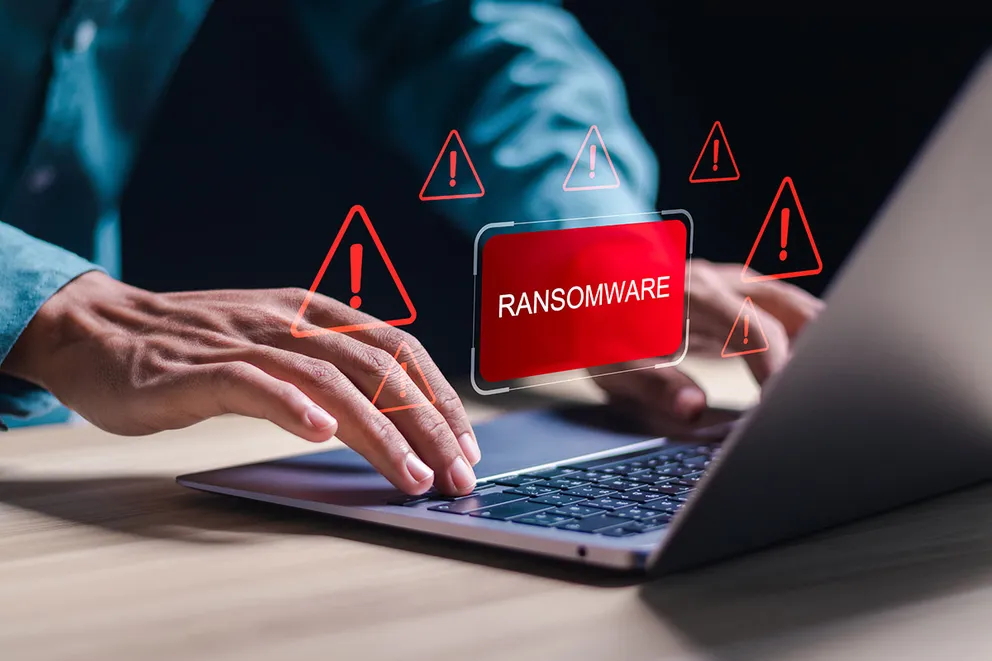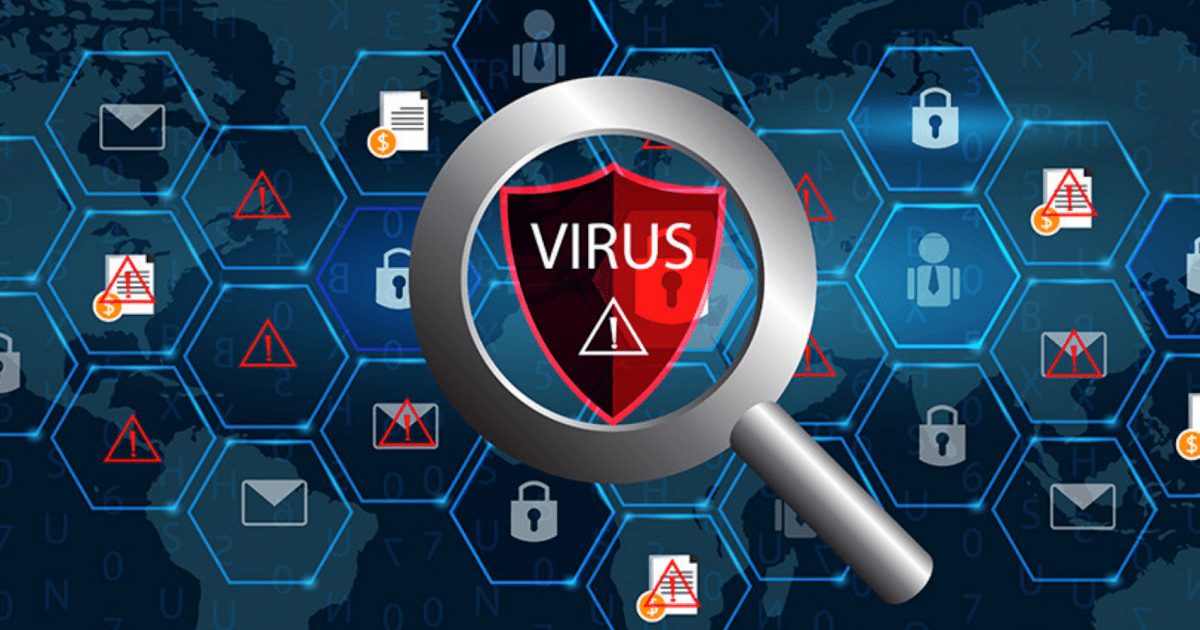During its rebranding to HelloGookie, the ransomware entity formerly known as HelloKitty made headlines by unveiling a trove of stolen data. This included internal Cisco network data pilfered during a cyber intrusion in 2022, as well as source code from multiple CD Projekt Red games, acquired during a separate breach in 2021. Additionally, HelloGookie disclosed four private decryption keys related to prior attacks involving an earlier version of its ransomware encryption software. These revelations were reported by BleepingComputer.
HelloGookie's data leak site further disclosed the presence of a catalog of Cisco NTLM hashes obtained during a breach, suspected to be linked to the Yanluowang ransomware campaign. Despite this disclosure, HelloGookie has yet to claim any new victims.
The CD Projekt Red data exposed during the breach amounted to over 400GB of uncompressed information. This included source code for popular titles such as "The Witcher 3," "Cyberpunk," and "Gwent," along with various console software development kits (SDKs) and build logs. Notably, sventek, a developer involved in compiling "The Witcher 3" from the leaked source code, provided insights into the scope of the data breach.
Conclusion
In conclusion, the rebranding of the HelloKitty ransomware group to HelloGookie was accompanied by a significant data leak that exposed sensitive information from various cyber intrusions. HelloGookie revealed stolen internal Cisco network data, source code from CD Projekt Red games, and decryption keys related to previous attacks. Despite not announcing new victims, HelloGookie's data leak site disclosed additional compromised data, including Cisco NTLM hashes believed to be linked to the Yanluowang ransomware attack.
The breach of CD Projekt Red resulted in the exposure of substantial amounts of data, including source code for popular titles like "The Witcher 3," "Cyberpunk," and "Gwent," as well as console SDKs and build logs. The impact of these breaches extends beyond the immediate victims, highlighting the persistent threat posed by ransomware groups and the importance of robust cybersecurity measures in safeguarding sensitive information.





